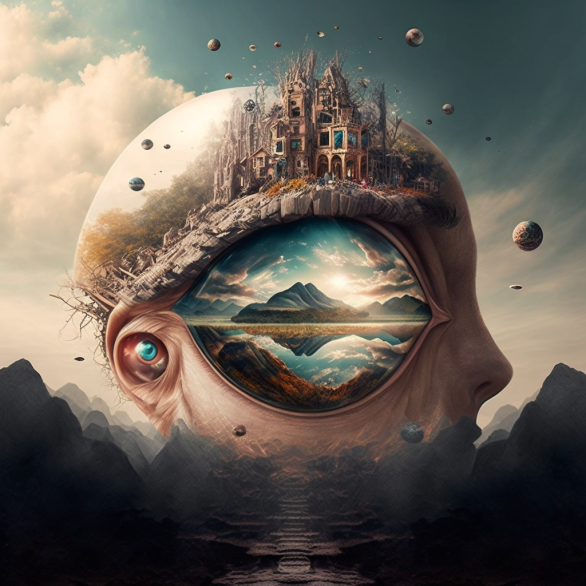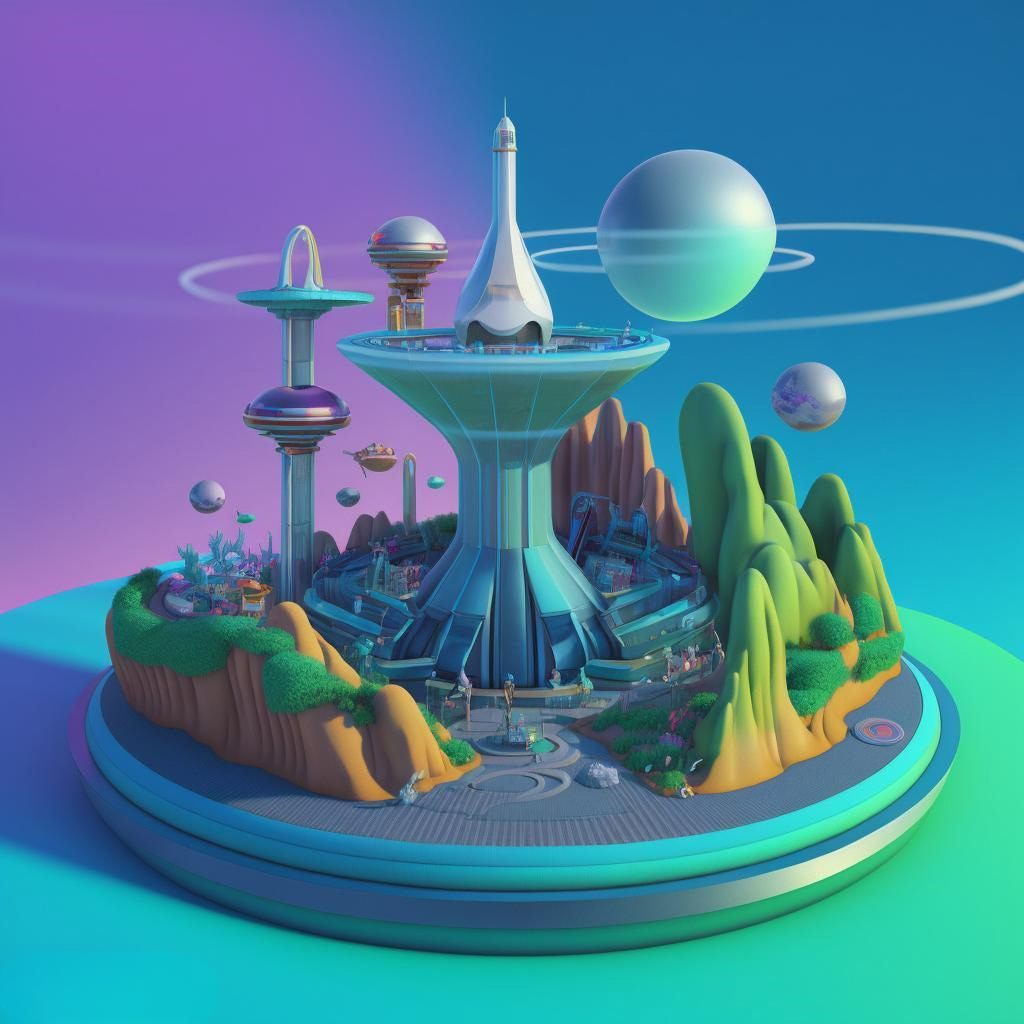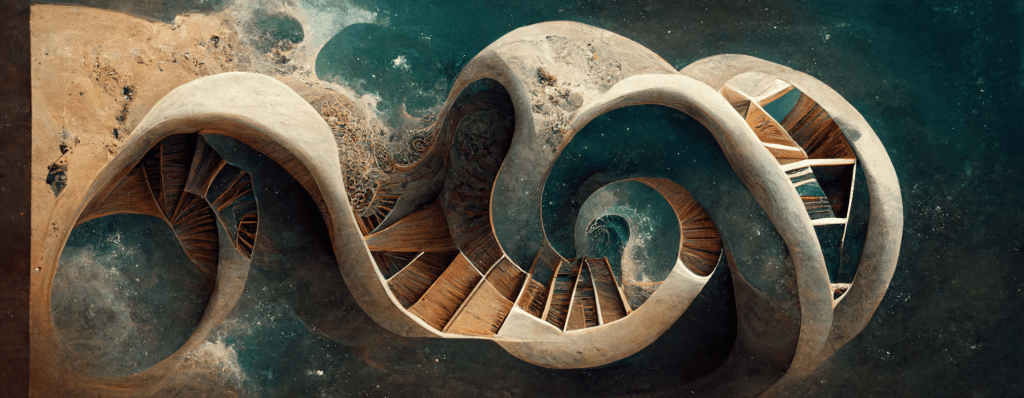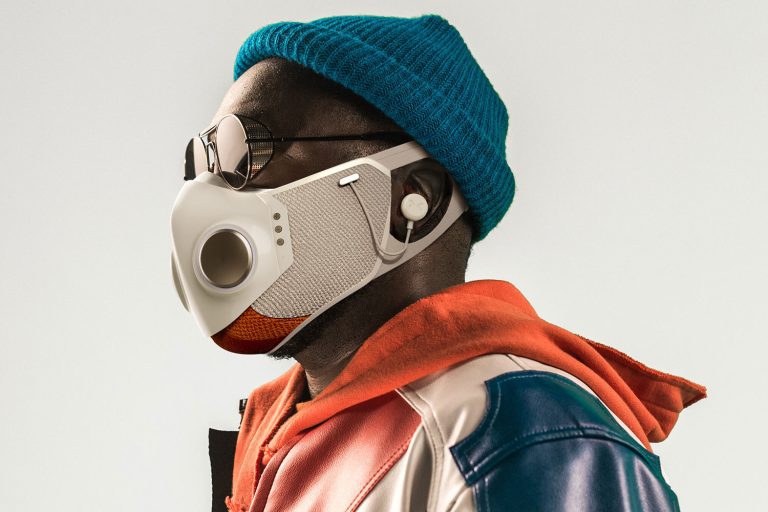
Well, Industrial Revolutions have the power to change the world, as we saw in the first, second, and third revolutions. But none of them got the power of the revolution we live in…
The fourth industrial revolution is a term coined by Klaus Schwab, founder of the World Economic Forum; and it englobes a huge range of technologies; such as digital fabrication (3D printing), Artificial Intelligence (AI), Machine Learning (ML), BigData, Internet of Things (IoT) and much more.
I guess some of you may already be familiar with some of those terms and technologies already; within the explosion in the past few years of social media algorithms and 3D printers.

And most recently, you might have your social feeds flooded by AI-generated posts; and might be wondering if AI will overtake creators and designers. So, let’s take a brief look into AI to understand how this technology is already changing the world.
Artificial Intelligence, is a term that’s been used for anything that a machine can do, without the need for human assistance. You ask your Siri/Alexa/Cortana to search for something on the internet, or set your alarm clock? You are using Artificial Intelligence, even if it doesn’t look like it.
Thanks to Machine Learning models using Big Data, engineers can create models and algorithms to orient or automate tasks; analyze patterns and predict results;
Such as the arrival time of your Uber.

Basically, you got 4 steps:
Access and Gather the Data; Analyze (structured or unstructured) Data; Detect Patterns (and Learn); Predict Results
This is a Big change since instead of inputting commands to create algorithms, you now input Data.
And since everyone one got a smartphone, Data is produced a lot! Photos, videos, audio, text, geolocation… Everything is data.
Artificial intelligence came to give a more accurate sense of all this information.
I Like to think A.I. is helpful for finding a needle in a haystack, calculating the volume of the haystack, and even counting how many straw units you got in there.
This analogy works pretty well, because instead, of humans spending countless hours on this task, A.I. could identify the needle much faster after being trained in image pattern recognition. But methods like using a magnet to find the needle are a uniquely human way to solve the problem. Or even setting all the straw on fire.

Regardless of the Needle problem, AI is being applied in many fields…
Recently, Times Magazine released a list of the 200 best inventions of 2022; with a section just for A.I.
One of the best inventions in this category is nothing less than Dalle-2, claimed as a big game-changer for artificial imagination. Dalle is a web software that uses a huge data-set trained model to create images from texts; prompts.
Like this one, many image generators were developed, including Midjourney, Stable Diffusion, and much more.
This year, An AI-generated image won an art prize and made artists mad about it. “These apps have made many human artists understandably nervous about their own futures — why would anyone pay for art, they wonder, when they could generate it themselves? They have also generated fierce debates about the ethics of AI-generated art and opposition from people who claim that these apps are essentially a high-tech form of plagiarism.” Says Kevin Roose in the NY times article.

This debate about plagiarism is controversial and is getting some trends with the #starvethemachine hashtag. The trend is about not feeding the machine, so it won’t compete with humans… But, designers and architects, or any creative artwork based on creating things, are based on an iterative process.
An Iterative process is strictly based on repetition, typically as a means of obtaining successively closer approximations to the solution of a problem. No architect will simply sketch a single draft and the building is ready to be constructed. It’s a process of creating and getting closer to the final results. The main point here is not the iterative development, but every creation is a clipping of the references that permeate the creator. Human or not, modern or ancient Greek, we all share this same path to create.
Thinking of plagiarism in AI-generated art is like paying royalties for recipes that you cook at home. Anyone here knows who created the Lasagna? And even if you don’t wanna cook the classic ones, you got references that you can use to create a new recipe and open your own restaurant with unique dishes.
Backing some steps on AI models, image analysis is a big game-changing for designers and architects in order to stimulate faster generations of concepts and probably automate boring activities…
I asked Chat GP3 from Open AI, a generative text-to-text AI tool, to answer me how AI will impact design, and this is what I got as an Answer:

As another great example of AI applied to design, this text-to-text tool might substitute Google Search in the next years… Since you can ask a lot of questions and get some nice answers. This tool is free to use, try it here.
But how about Human interaction?
The current evolution of AI technologies is too vast to dissect, but human interactions will be impacted as well… Chatbot is a low-level AI, that helps communication in order to attend FAQs and create pipelines for potential clients…
But this image recognition technology is now capable to understand feelings in humans… So Imagine that you now can evaluate with more accuracy personas and usability tests in order to validate some product or design.

Imagine the possibilities in order to understand better your clients, or users, with this kind of technology… Predict fluxograms for your building based on space uses, or even simulate events, like a fire evacuation.
After all this, I hope you might understand a little bit more about this edge-expanding technology, with great uses for designers and humankind.
We must be aware of the possibilities, and integrate technology into our workflow. At this time, is getting easier to communicate with the machines; anyone can speak in common English instead of numbers or javascript codes…

But, we all need to be aware of something:
“When you invent the Ship, you also invent the Shipwreck”
That phrase from French philosopher Paul Virilio instigates us to remember that not only good transformations occur when new things arrive.
Like the industrial revolutions before, many jobs were exterminated by machines…
Dactylographers no longer exist, they have evolved to be integrated into ordinary day-life gadgets. And it’s important to always look to the past, to understand what is ahead of us.
After all, machines are learning.
Parenthetically, If you are curious to dive deeper into Midjourney, you can check the Midjourney Architecture 3.0 / Studio Tim Fu by PAACADEMY.








































